Learning How to Make Braided Rugs? Here Are Some Pitfalls to Avoid
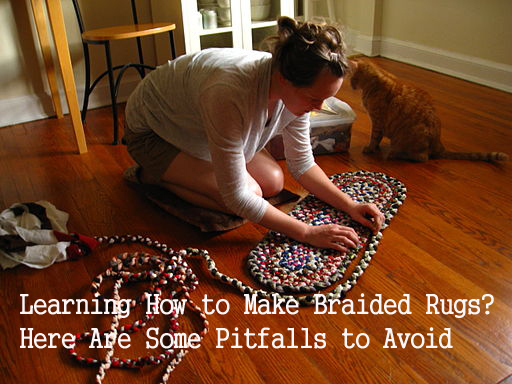
Pitfall Number One: What is Your Purpose?
“Your purpose?” — I can just hear someone saying that. Yes, a common pitfall of those who are learning how to make braided rugs is that they have no goal in mind — therefore when they experience difficulties, they have trouble in staying motivated, and soon abandon their braided rug project.
So, let me ask you: why do you want to learn how to do this? Is it simply so that you’ll have a hobby to fill up a few hours in the evening after work? Are you looking to make these items to decorate your home or apartment? Or perhaps you want to learn how to make braided rugs as a business?
Keep in mind that there will be a learning curve here — and your first completed projects may not look as attractive as you had planned. If you are not willing to invest the time and effort to learn how to do it right, you might be better off in going to the store to buy a ready-made rug.
Pitfall Number Two: Not Knowing Which Type of Braided Rug to Construct
The second pitfall you need to avoid is a failure to decide on the type of braided rug you want to make. The vast majority of these rugs are made either from scraps of fabric or from yarn. If your preference is to learn how to make braided rugs from fabric strips — called rag rugs — then you will need to learn a different set of crafting techniques then the folks who make their braided rugs using yarn. So, which is going to be — yarn or fabric? You could have the goal of learning how to make both types, but you’ll still have to pick one type to start with.
Pitfall Number Three: Not Knowing Where to Find Material
When learning how to make braided rugs the third pitfall you must avoid is this: not knowing where to turn to find the material you need (assuming you will be making a rag rug). One option — for those who have the means and the time — is to go to a thrift shop or flea market or to yard sales to locate old items of clothing, bedspreads, etc. But really, all you need to do is begin at home — trudge on up to your attic (or down to your basement) and start going through all of those boxes and packing trunks of leftover used clothing. It doesn’t matter who wore the item — a man or woman, girl or boy — nor does the size matter. I’ll bet if you just look, you’ll be able to find a ton of stuff you can turn into a useful in braided rug!
Pitfall Number Four: Not Selecting the Right Type of Material
A fourth pitfall that those who are learning how to make braided rugs sometimes fall into is in not selecting the right type of material. For example, a common mistake is to select a fabric that frays very easily when it is torn or cut. Other types of materials are very stiff and difficult to work into a weave. My personal recommendation is to try to find some sort of knitted fabric — knits are less likely to unravel at the edges and will stretch somewhat, making them easier to handle.
Pitfall Number Five: Using the Wrong Type of Thread
Another big no-no is using the wrong type of thread. At a certain point in your rag rug construction, you will find it necessary to stitch your fabric strips together. As a general rule, you should stay away from cotton thread as it is very susceptible to rotting and deterioration. Instead of using old-fashioned cotton thread, learn how to make your braided rugs using a synthetic material. Many old-timers in this field may disagree, but I think that nylon thread is a very good alternative to organic threads.
Another great thing about threads made from synthetic materials such as nylon is that you can purchase them in different colors — sometimes you can get the thread in a color very close to the color scheme used in your braided rug. Lighter-colored threads work best with a lighter colored fabrics, and darker-colored threads will blend in better with darker fabric shades. All other things being equal, you generally want your fabric stitching to blend in to the overall appearance of your rug, not stand out.
>> How to Clean Braided Rugs
Pitfall Number Six: for Those Making a Braided Rug from Yarn
For those of you who prefer to make your braided rug from yarn rather than fabric, I would offer these additional suggestions/recommendations: First of all, if you want your braided rug to last, don’t make it using cotton yarn — again, I think that nylon works well here — so if you can get your hands on some nylon yarn, use that instead of cotton.
An additional (and final) recommendation for you yarn users out there: try to work exclusively with one yarn supplier or manufacturer — especially if you will be selling your braided rugs for profit. If you work with one supplier, you will find that the colors that you receive will be more consistent, helping to ensure that you can produce a rug with the same consistency of appearance time after time. This is important if you hope to, for example, post pictures of your finished rugs on the Internet — a person ordering your rug based on what they see in a picture, may be disappointed if the product they actually receive has a radically different look.
Here’s to your success on your next braided rug project!
The Author:
rug-review


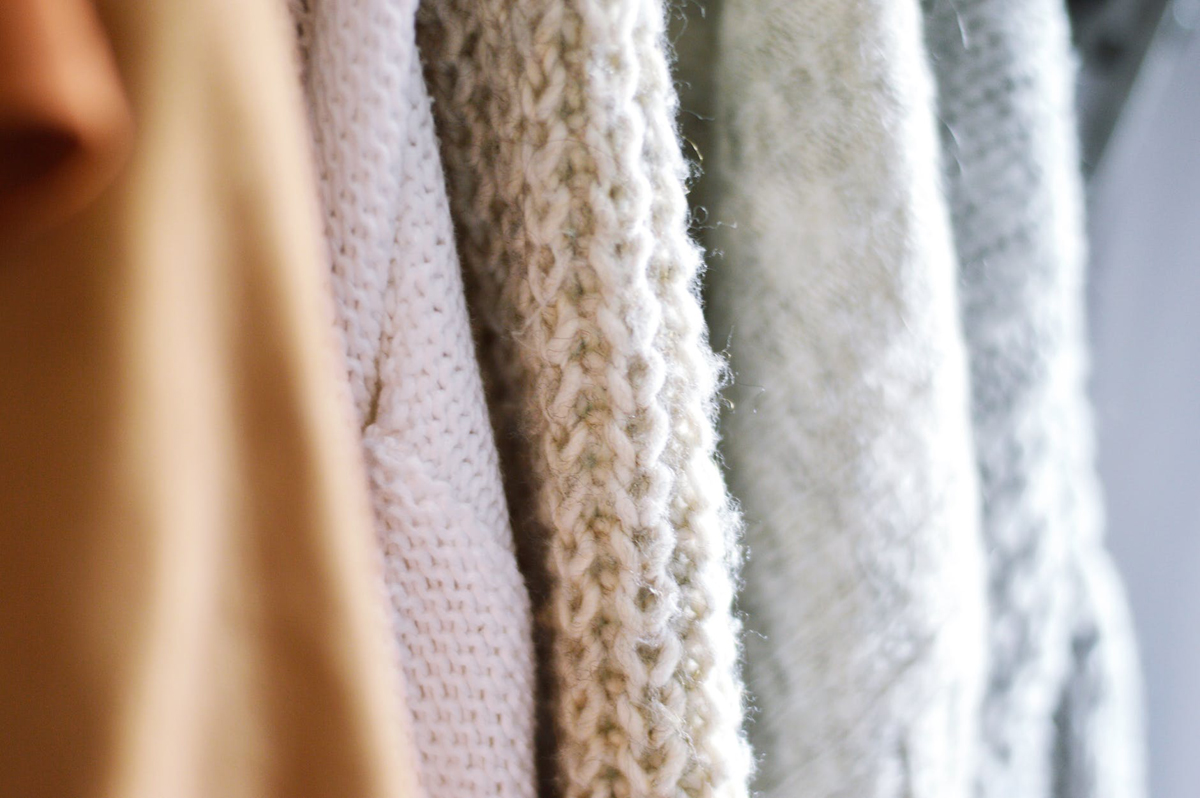
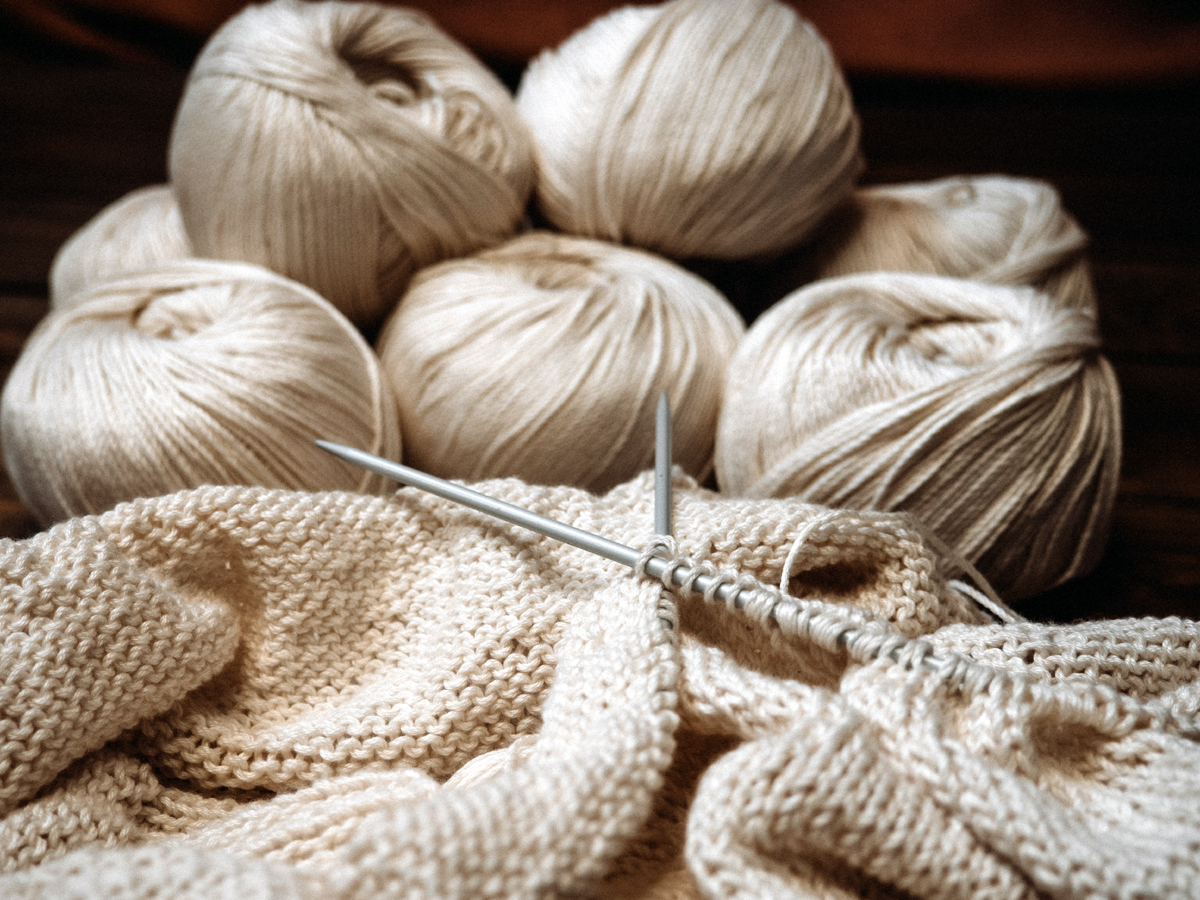
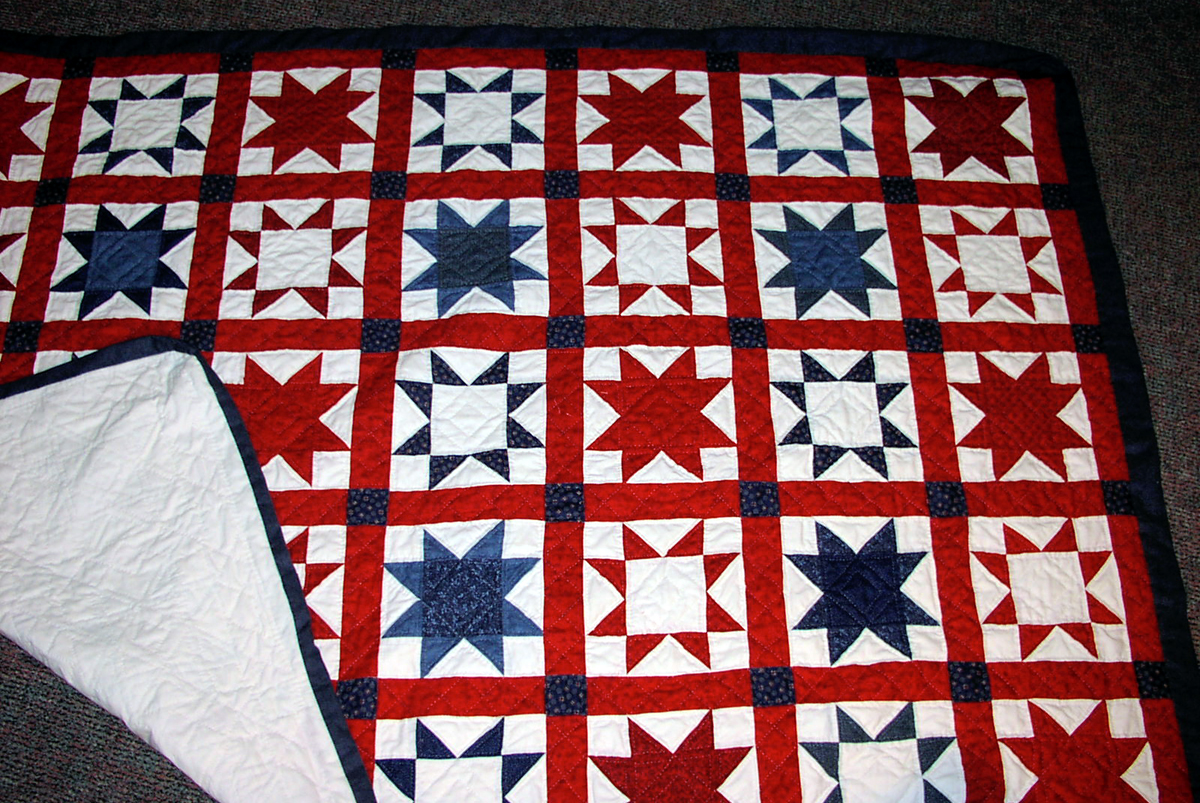
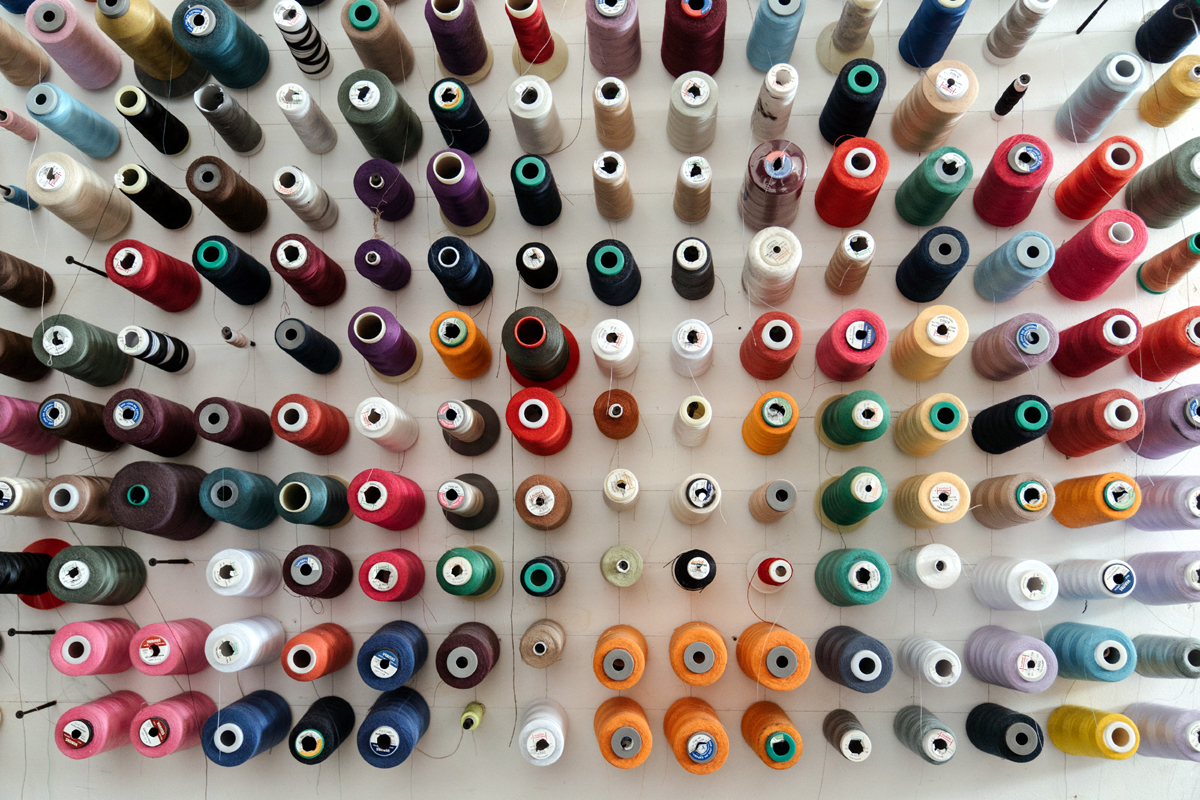
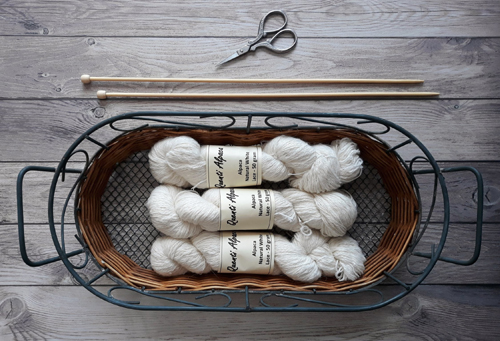

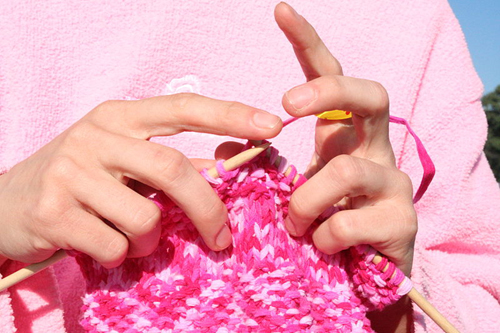
Can you please tell me if there is a book with complete instructions on using yarn to make a braided rug? I can only find books that deal with fabric. Thanks!!!
I would like to know that as well
I started a rug….using old shsets …braided them then started hand sewing the circle …it started to make a bowl ..I’ve taKen it out and started again several times …I’m frustrated and put away …I want to finish ..complete it …all anyone suggests is not to sew too tight
I’m having the same problem…
I tried sewing it using a zigzag stitch with my sewing machine, machine kept messing up.
Then I started hand sewing and like you it kept wanting to make a bowl even though I had it laid flat as I was sewing. Now I’m frustrated and sad!!
I experienced the exact same problems. Don’t sew too tight AND space your stitches out farther. Less stitches.
looking for instructions on making braided rug from yarn